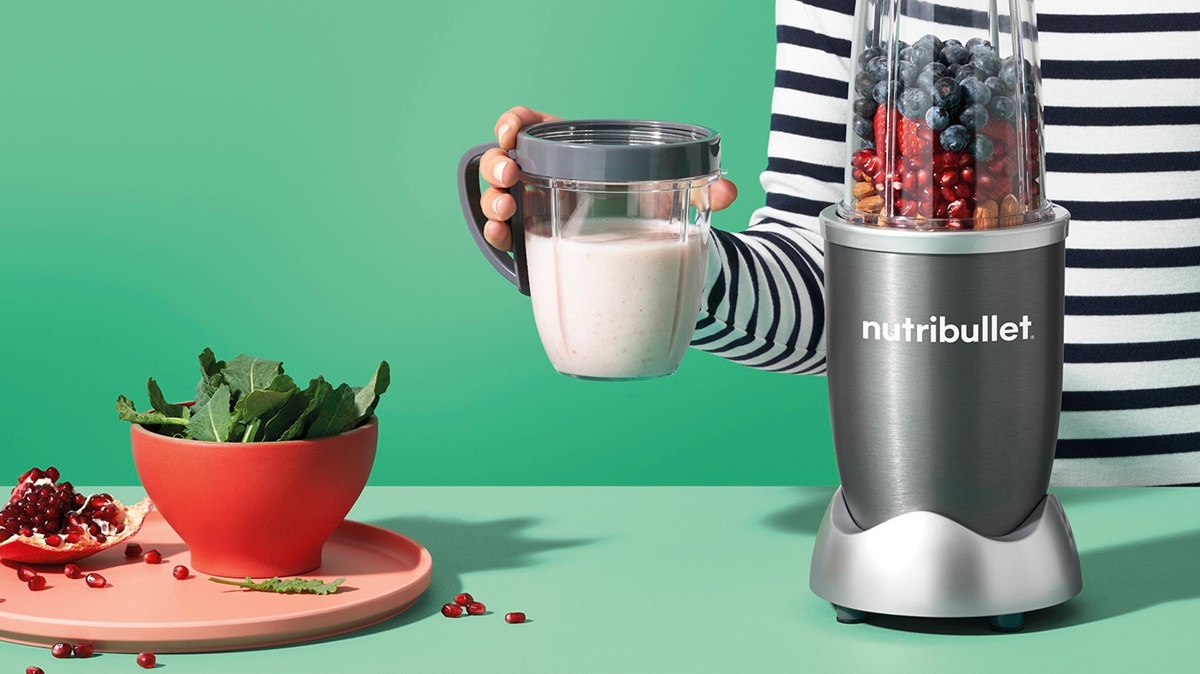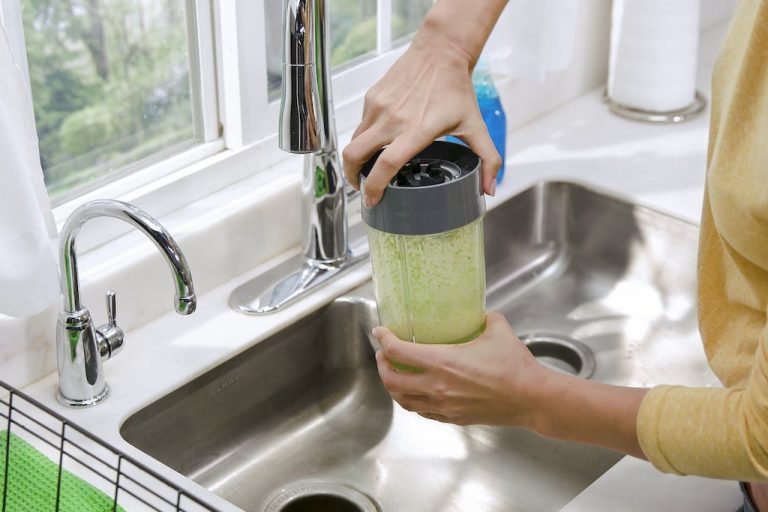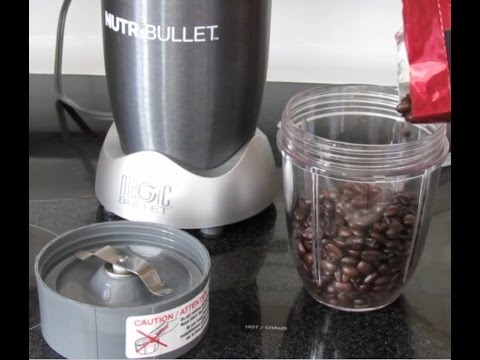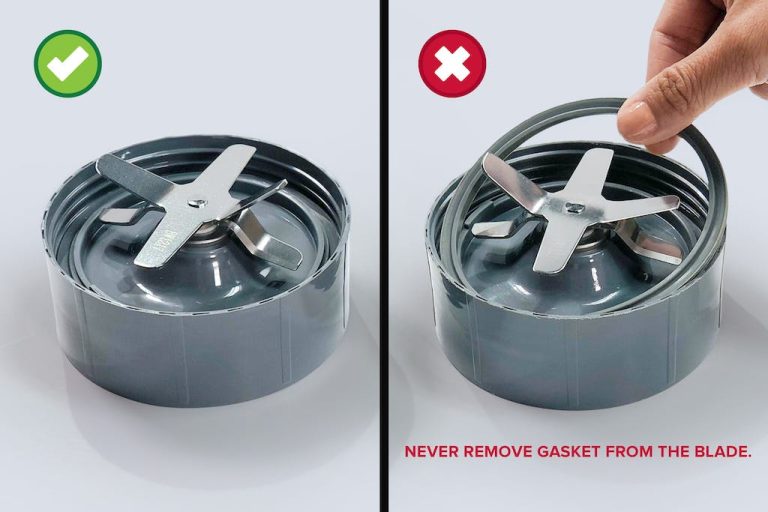Can You Chop Veggies In A Nutribullet
Yes, you can chop veggies in a Nutribullet. The Nutribullet can effectively chop veggies into small pieces for cooking.
It can also be used to make vegetable purees, sauces, and soups. The powerful blades of the Nutribullet can quickly and efficiently chop various vegetables, including carrots, onions, celery, and peppers. This versatile kitchen appliance can save time and effort in meal preparation, making it a convenient option for those looking to incorporate more vegetables into their diet.
Whether you are making a smoothie or preparing a meal, the Nutribullet can be a useful tool for chopping veggies and adding nutrition to your dishes.
Understanding The Nutribullet Blade System
Understanding the Nutribullet Blade System is crucial for getting the most out of your blending and chopping experience. Whether you’re a kitchen novice or a seasoned home chef, it’s important to know how the blades work and their impact on the chopping process.
Blade Types And Functionalities
The Nutribullet features different types of blades, each designed for specific functions. The extractor blade is primarily used for blending, while the milling blade is more suitable for chopping and grinding. Understanding the differences between these blades can help you achieve the desired texture when chopping vegetables in a Nutribullet.
How The Blades Affect Chopping Vegetables
When it comes to chopping vegetables in a Nutribullet, the type of blade you use can make a significant difference in the outcome. The extractor blade is designed to pulverize and liquify ingredients, making it more suitable for creating smoothies and purees. On the other hand, the milling blade is equipped with flat edges, which are better suited for chopping vegetables into smaller, uniform pieces.
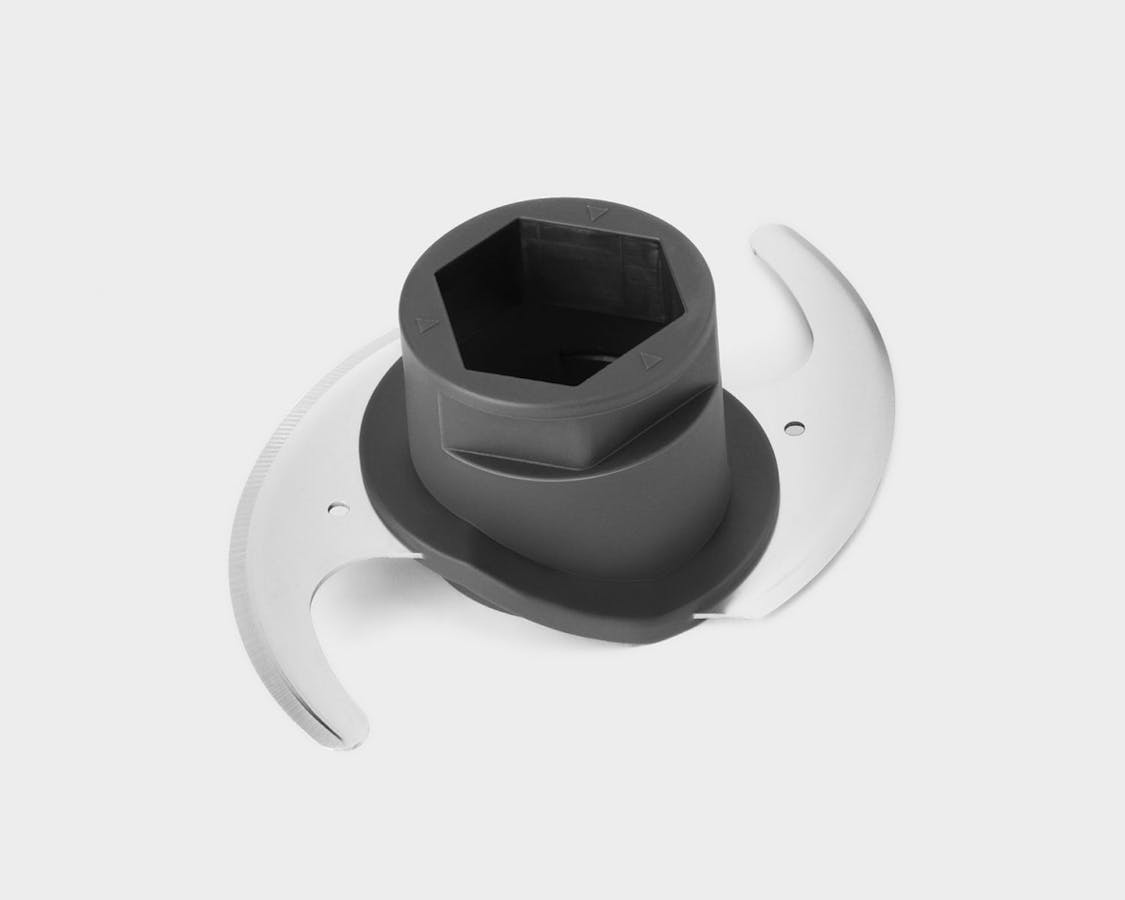
Credit: www.nutribullet.com
Types Of Veggies Suitable For Chopping In A Nutribullet
When it comes to chopping veggies in a Nutribullet, it’s essential to use the right types of vegetables to ensure the best results. Different vegetables have varying textures and consistencies, making them suitable for different uses in the Nutribullet. Let’s delve into the types of veggies suitable for chopping in a Nutribullet, including leafy greens and herbs, root vegetables and hard veggies, as well as soft vegetables and fruits.
Leafy Greens And Herbs
Leafy greens and herbs are excellent choices for chopping in a Nutribullet due to their soft and delicate nature. These include:
- Spinach: Provides a rich source of vitamins and minerals.
- Kale: Packed with antioxidants and fiber.
- Basil: Adds a burst of flavor and nutrients to your recipes.
Root Vegetables And Hard Veggies
Root vegetables and hard veggies can also be chopped in a Nutribullet with the right preparation. These include:
- Carrots: Rich in beta-carotene and fiber.
- Beets: Provides a vibrant color and a range of nutrients.
- Broccoli: Packed with vitamins and minerals for a healthy boost.
Soft Vegetables And Fruits
Soft vegetables and fruits are ideal for chopping in a Nutribullet, as they blend easily to create smooth textures. These include:
- Tomatoes: Adds a burst of flavor and nutrients to your dishes.
- Cucumber: Provides hydration and a refreshing taste.
- Berries: Packed with antioxidants and delicious in smoothies.
Tips For Effective Veggie Chopping In A Nutribullet
Sure! Here is the engaging section for the blog post in HTML format: “`htmlChopping veggies in a Nutribullet can be a convenient way to prepare ingredients for your meals. However, to achieve optimal results, it’s important to follow certain tips and techniques. Below, we’ll explore the best practices for chopping veggies in a Nutribullet, ensuring that you get the most out of your blending experience.
Preparing The Veggies For Optimal Results
Before you start chopping your veggies in a Nutribullet, it’s essential to prepare them properly. This includes washing the vegetables thoroughly and cutting them into smaller pieces to fit easily into the blending container. By ensuring the veggies are clean and cut to the right size, you can enhance the blending process and achieve a smoother consistency for your recipes.
Utilizing Pulsing Techniques
When using a Nutribullet to chop veggies, it’s best to utilize pulsing techniques to achieve the desired consistency. Pulsing involves blending the veggies in short bursts, allowing them to be chopped evenly without over-processing. By pulsing the blender, you can control the chopping process and prevent the veggies from turning into a puree, ensuring that they retain their texture and flavor.
Avoiding Overfilling The Container
One common mistake when chopping veggies in a Nutribullet is overfilling the blending container. By avoiding overfilling, you can ensure that the veggies are chopped evenly and that the blender can effectively process the ingredients. Be mindful of the maximum fill line on the container and work in smaller batches if necessary to achieve the best chopping results.
“` This section provides valuable information for readers about effectively chopping veggies in a Nutribullet, emphasizing the importance of preparation, pulsing techniques, and avoiding overfilling. The content is concise, informative, and follows HTML syntax for use in a WordPress blog.Potential Benefits And Drawbacks Of Chopping Veggies In A Nutribullet
Chopping veggies in a Nutribullet is a convenient and time-saving way to prep ingredients for smoothies, soups, and more. However, there are both potential benefits and drawbacks to consider when using a Nutribullet for this purpose.
Nutrient Retention And Absorption
One of the potential benefits of chopping veggies in a Nutribullet is the enhanced nutrient retention and absorption. The high-speed blending process helps break down the cell walls of the vegetables, making the nutrients more accessible to the body. Additionally, this can result in a smoother texture, making it easier for the body to absorb the nutrients.
Consistency Of Chopped Veggies
When chopping veggies in a Nutribullet, you can achieve a consistent texture, which is beneficial for recipes that require finely chopped vegetables. This can help create a more enjoyable eating experience and improve the overall presentation of the dish.
Impact On Overall Appliance Longevity
It’s important to consider the impact of using a Nutribullet to chop veggies on the longevity of the appliance. While the Nutribullet is designed to handle a variety of ingredients, the consistent use of hard vegetables may put additional strain on the blades and motor, potentially affecting the overall lifespan of the appliance.
Exploring Alternatives To Chopping Veggies In A Nutribullet
When it comes to vegetable preparation, using a Nutribullet for chopping might not always be the most convenient or efficient method. Fortunately, there are various alternatives that can make the process easier and yield different textures for your dishes. Let’s explore some of the traditional chopping methods and other kitchen appliances that can be used for vegetable preparation.
If you prefer the hands-on approach, traditional chopping methods can be a viable alternative to using a Nutribullet. Using a sharp knife and cutting board, you can finely chop, julienne, or dice your vegetables to your desired consistency. This method allows you to have better control over the size and texture of the chopped veggies, ensuring that they are tailored to the specific needs of your recipes.
Aside from a Nutribullet, there are other kitchen appliances that can expedite the vegetable chopping process. A food processor, for example, is a versatile tool that can efficiently chop, slice, and shred a variety of vegetables with minimal effort. It also provides the option to adjust the texture of the vegetables based on the desired outcome. Additionally, a mandoline slicer can be used to create uniformly thin slices of vegetables, perfect for salads or garnishes. By exploring these alternatives, you can achieve the chopping results you need without solely relying on a Nutribullet.
Frequently Asked Questions For Can You Chop Veggies In A Nutribullet
Is Nutribullet Good For Chopping?
Yes, the Nutribullet is good for chopping fruits, vegetables, nuts, and other ingredients efficiently. It is designed to break down whole foods into smaller particles, making it a convenient and effective tool for chopping various foods for your recipes.
Can You Put Raw Vegetables In A Nutribullet?
Yes, you can put raw vegetables in a Nutribullet. It’s a powerful blender that can handle most raw vegetables with ease. Just make sure to chop them into smaller pieces for best results.
Is Nutribullet Good For Vegetables?
Yes, the Nutribullet is ideal for blending vegetables due to its powerful motor and high-speed blades, making it easy to create smooth and nutrient-packed vegetable drinks and soups.
What Should You Not Put In A Nutribullet?
Do not put large ice cubes, hard seeds, pits, unpitted fruits, or hot liquids in a NutriBullet.
Can Using a Nutribullet for Chopping Veggies Cause the Lid to Get Stuck?
When you encounter a troubleshooting stuck Nutribullet lid, it can be frustrating. Sometimes, using a Nutribullet for chopping veggies can cause the lid to get stuck due to pressure buildup. To release the lid, try twisting it gently while applying upward pressure to release the seal.
Conclusion
You can chop veggies in a Nutribullet, but it’s essential to follow the right techniques. By understanding the limitations of the Nutribullet and using it correctly, you can achieve satisfactory results. Experimenting with different vegetables and chopping sizes can help you find the best approach for your needs.
Happy blending!

